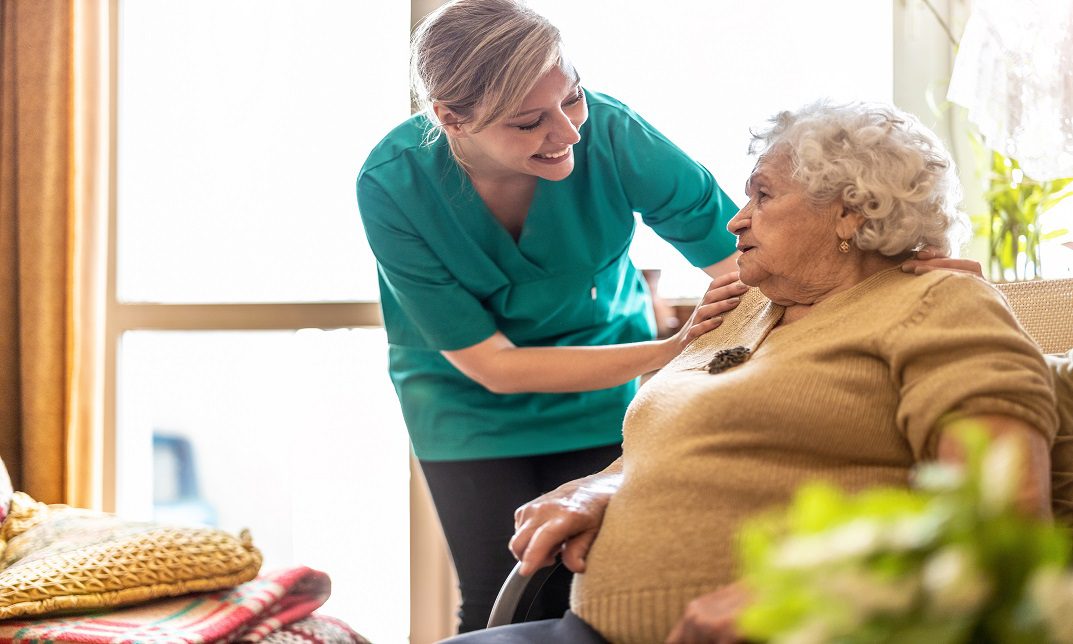A common question in care work is, “What is protection in health and social care?” The answer includes knowing the risks, spotting the signs, and acting quickly to keep people safe.
Every person is entitled to live with respect and dignity. There are all these guidelines and procedures for managing the sorts of harm and trauma that children and vulnerable adults may experience. Safeguarding legislation is in place to ensure people do all they can to prevent harm, neglect, and abuse of children, teenagers, and vulnerable adults, and ensure their health, happiness, and rights are maintained. This website is going to explore why it is really important to protect them and the challenges people experience in health and social care.
What is Protection in Health and Social Care
In social care, the word protection means that people take steps to keep vulnerable individuals safe from harm, abuse or neglect. This includes actions to safeguard adults, children, and young people who might face risks because of their age, mental health, or other personal reasons.
People identify these risks and take the right actions to stop preventable harm. They may carry out risk checks, train staff, follow clear rules and guidance, and track and report neglect or abuse cases.
Signs of Abuse and Neglect
It is very important to know the signs of abuse and neglect. Abuse can hurt someone’s body, feelings, or money. Some signs are easy to see, but some are hidden. People who are alone, cannot speak well, or need help with daily life may not be able to ask for help. That is why others must watch for warning signs and act quickly.
Look for These Signs:
Physical Abuse (Hurting the Body)
- Bruises, burns, cuts, or broken bones that are hard to explain
- Injuries in strange places, like the inner arms or legs
- Many visits to the doctor or hospital
- Fear of certain people
Emotional Abuse (Hurting Feelings)
- Sudden change in mood or behaviour
- Not talking to people or staying alone
- Low confidence or looking sad all the time
- Always worried or scared
Sexual Abuse
- Pain or bruises in private parts
- Trouble walking or sitting
- Knowing or doing sexual things that are not normal for their age
- Not wanting to be alone with certain people
Self-Neglect (Not Taking Care of Yourself)
- Not wanting help or saying no to care
- Living in a very messy place
- Not eating enough or cleaning themselves
- Doing risky things without knowing the danger
Laws and Rules for Protection Practices
Several UK laws and rules support protection in social care. Below are some of the key ones that the government introduced to protect public safety:
- Mental Capacity Act 2005: This law gives a structure for making decisions for people who may not decide for themselves. It also protects vulnerable people from abuse and neglect.
- Safeguarding Vulnerable Groups Act 2006: This law created the Disclosure and Barring Service (DBS). The DBS checks the background of people who want to work with vulnerable groups like children or adults at risk. It helps employers make sure that they don’t give jobs to people with records of abuse or poor behaviour.
- The Health and Social Care Act 2008: These rules tell all providers of health and care services—including those offering home care—what basic standards they must follow. These standards cover different parts of care, including protection from harm and abuse.
- Care Act 2014: This main law for adult social care in England gives councils a clear legal plan to protect adults at risk of abuse or neglect, including those who receive home care.
- The Care Quality Commission (CQC) Rules: The CQC checks health and care services in England. They set standards and inspect services to make sure care providers meet the right levels of quality and safety, including safeguarding. You can check their website for safety checks, which they treat as a main focus.
Technology Used in Safeguarding
Technology now plays a bigger role in health and social care because it helps people improve monitoring, communication, and risk prevention. Tools like data systems and electronic messages help social workers and carers spot safeguarding problems and respond quickly.
Assistive Technology
Assistive technology helps people carry out daily tasks. Devices such as emergency alert buttons, communication tools, and aids for movement allow people to call for help and feel safer at home. These tools let people stay independent and help carers watch over their well-being and act fast when problems arise.
Smart Home Technology
Smart home tools now offer a modern way to keep people safe in their homes. These devices let carers or family members watch their environment from far away and act quickly when problems happen.
Remote Monitoring
Remote monitoring tools play a key role in protection because they allow carers to keep constant watch. These tools especially help people protect children, adults, and young people who live in places where no one provides 24-hour care.
Communication Aids
People who have trouble speaking—due to learning issues, speech problems, or mental health conditions—can use communication aids to protect themselves. These tools, including picture boards and voice tools, help people express their needs and talk about safety concerns.
Challenges in Safeguarding
To truly understand what is protection in health and social care, we need to look at how professionals work together to stop abuse. One major problem in safeguarding is spotting risks and concerns, especially in child protection, where signs of harm or neglect might stay hidden. People need to use a full approach to find the best safety steps because issues like drug misuse and mental illness can make the process harder. Another challenge is helping all the groups involved in safeguarding—such as hospitals, social workers, and local councils—work together and share information.
When safety concerns arise, professionals must gather facts, investigate, and take action. High workloads, limited resources, and differences in training or skill levels often slow this work down. Keeping the same safeguarding standards across all sectors becomes difficult while also respecting each person’s home life and unique needs.
Conclusion
Learning what is protection in health and social care helps carers, families, and support workers take the right steps to prevent harm. People must share this duty to show their moral care for those who need help most. Professionals and carers must follow strong rules, closely watch care quality, and show kind and responsible behaviour to make protection work well.
Sharing good ways of working and raising awareness can help people build a caring culture where everyone feels safe and respected. You can also contact the Unified Course and join our Health and Social Care Course to start a great career in this field.





